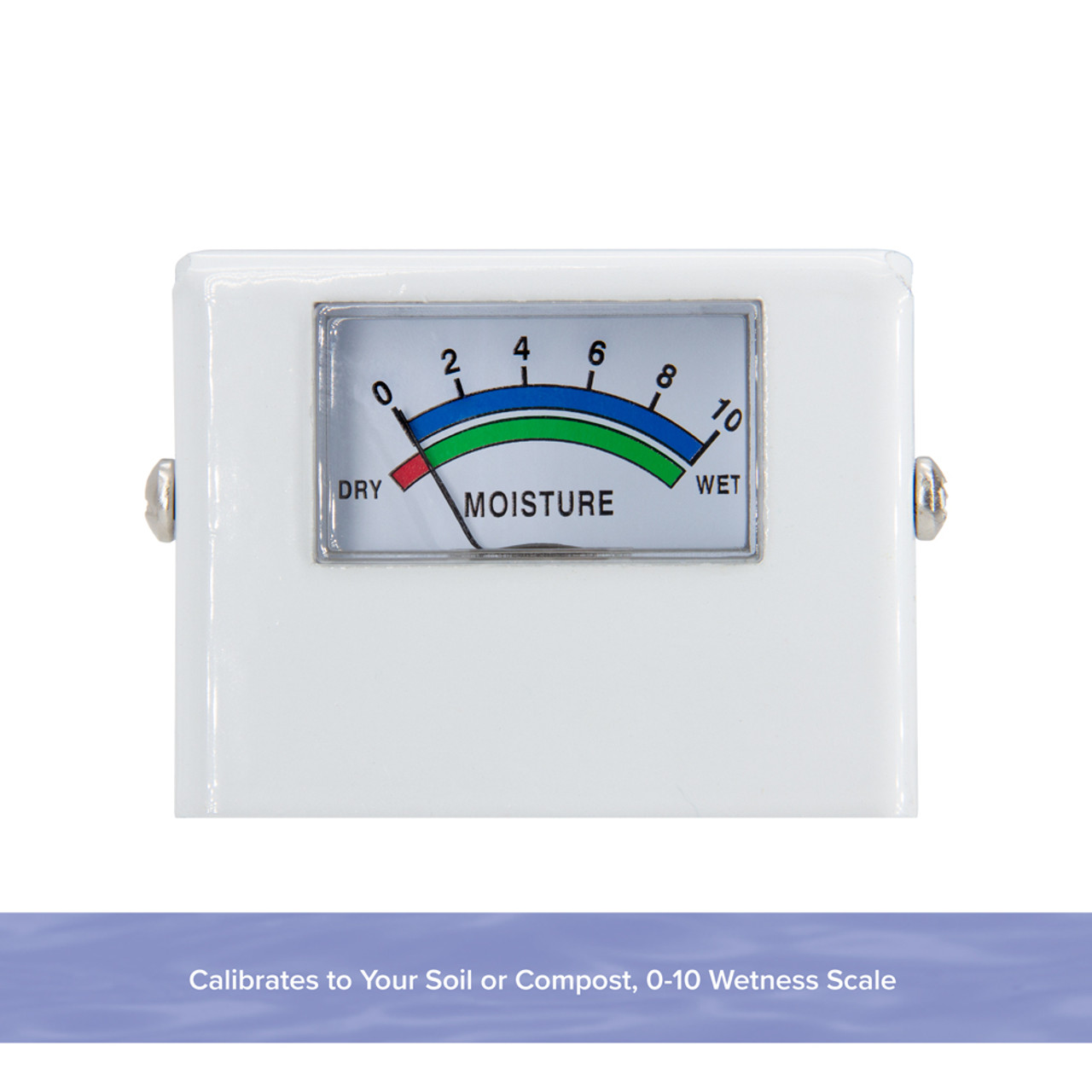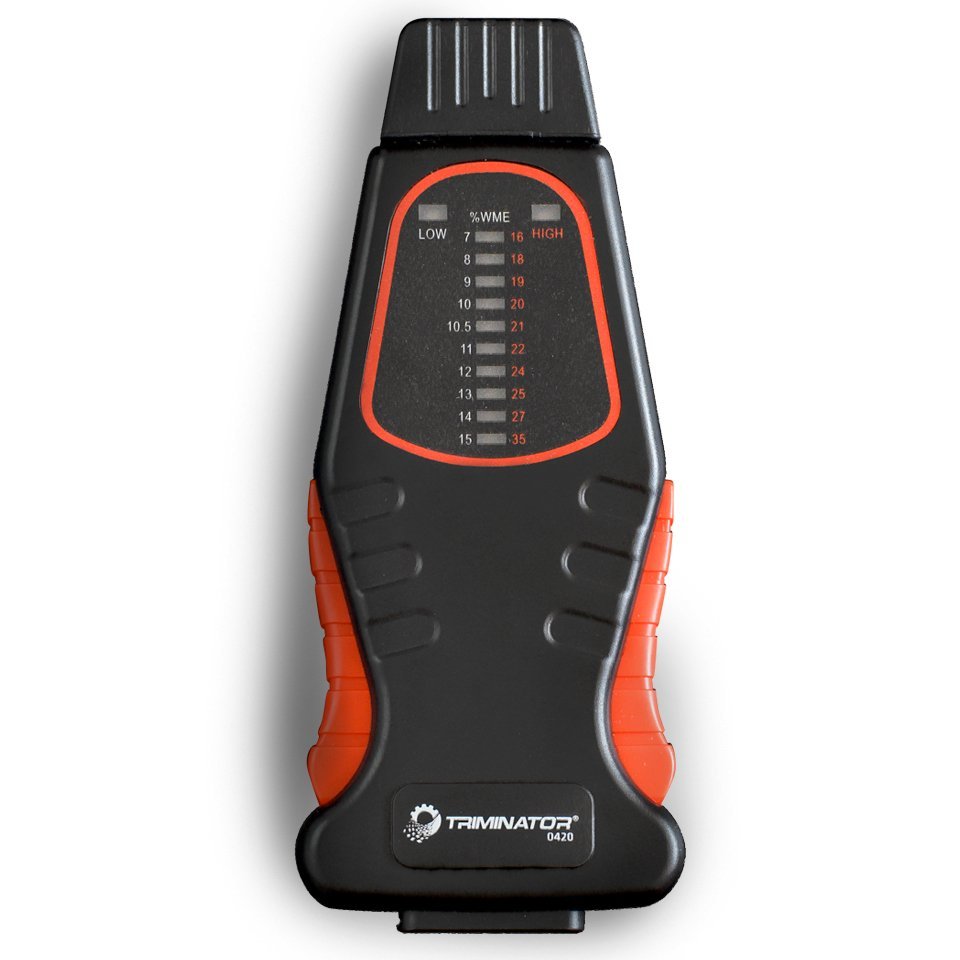Top 10 Advantages of Using a Moisture Meter for Precise Measurements in Your Home
Delve Into the World of Wetness Meters: Every Little Thing You Need to Know
In the world of wetness meters exists a globe of precision and usefulness that frequently goes unnoticed. These gadgets, while apparently uncomplicated, hold a wealth of info that can significantly affect numerous industries and applications. Understanding how moisture meters operate, the different kinds available, and their diverse uses can clarify their significance in guaranteeing high quality and efficiency. By discovering the complexities of moisture meters, one can reveal a valuable tool that transcends mere measurement, offering insights that can make a significant distinction in many fields.
Exactly How Dampness Meters Work
Wetness meters operate by measuring the electric conductivity or capacitance of materials to identify the moisture material present - Moisture Meter. These meters are very useful tools across various sectors, consisting of building and construction, woodworking, and agriculture. By using different methods such as pinless or pin-type modern technology, dampness meters give exact analyses that aid specialists make educated decisions
Pin-type dampness meters work by inserting the sharp pins into the material being checked. The electric conductivity in between the pins is after that measured, with greater moisture degrees bring about raised conductivity. On the other hand, pinless wetness meters make use of electromagnetic signals to check a larger location without creating any kind of damage to the material's surface area. These meters are ideal for swiftly assessing dampness degrees in big locations or completed items.
Despite the method made use of, moisture meters play a vital duty in avoiding concerns such as mold growth, architectural damage, or item problems brought on by excess wetness. Understanding just how these meters work is important for ensuring the quality and stability of materials in numerous applications.
Kinds Of Wetness Meters
Offered the important function dampness meters play in various markets, it is vital to recognize the various kinds offered to specialists for properly evaluating dampness levels. There are primarily two primary kinds of dampness meters: pinless and pin-type moisture meters.
Pin-type dampness meters utilize 2 pins that are inserted into the material being tested to determine the electrical resistance between them. This technique is commonly utilized for wood, drywall, and various other building products. Pin-type meters give accurate readings at certain depths, making them perfect for recognizing moisture gradients.
On the various other hand, pinless dampness meters utilize electromagnetic sensor plates to scan a bigger area of the material without triggering any type of damage. This type appropriates for swiftly scanning large areas and is generally used for floor covering, walls, and ceilings. Pinless meters are practical for taking analyses on completed surfaces without leaving any type of noticeable marks.
Both types of moisture meters have their benefits and are chosen based on the particular needs of the job available. Understanding the differences between these kinds is important for experts to make accurate moisture analyses.
Applications Throughout Industries
Building professionals depend on dampness meters to assess the moisture levels in structure products like timber, drywall, and concrete, which is important for maintaining architectural integrity and avoiding problems like rot or mold and mildew. The floor covering sector makes use of dampness meters to determine the dampness content in subfloors prior to mounting various floor coverings, protecting against pricey problems due to excess wetness. In the food market, moisture meters are utilized to keep track of and manage moisture degrees in items such as grains, nuts, and dried out fruits to keep freshness and top quality.
Tips for Using Moisture Meters
Use the dampness meter's calibration settings to guarantee accurate analyses when measuring the dampness material in different materials. Calibration is vital for the appropriate performance of a wetness meter. Before each use, it is recommended to inspect and readjust the calibration settings according to the details product being examined. find Furthermore, see to it the meter is readied to the right moisture range for the product you are gauging to obtain one of the most specific outcomes.

When making use of a pin-type dampness meter, insert the pins to the proper deepness advised for the material being tested. This makes sure that the wetness readings are drawn from the proper deepness within the material, providing a much more precise representation of its moisture content. For pinless wetness meters, bear in mind to preserve proper contact with the material's surface area to get trusted analyses.

Consistently inspect and change the batteries in your wetness meter to avoid incorrect analyses due to low power. When not in use to extend its lifespan and keep its precision, Shop the meter in a secure and dry location. By following these pointers, you can make best use of the performance of your wetness meter and obtain accurate wetness material dimensions throughout different products.

Maintenance and Calibration
To make certain the accuracy of moisture web content dimensions, normal maintenance and calibration of the moisture meter are vital actions in its correct performance. Calibration readjusts the dampness meter to make certain that it offers reliable and constant results.
Calibration should be performed regularly, particularly if the wetness meter is used frequently or in essential applications where specific dimensions are needed. By calibrating the dampness and maintaining meter consistently, customers can rely on the accuracy of the wetness web content measurements obtained.
Final Thought
Finally, wetness meters play an essential duty in various industries by precisely determining the wetness content of materials. Understanding exactly how these devices work, the various kinds offered, and appropriate maintenance and calibration are crucial for obtaining reliable results. Whether in construction, production, or farming, the use of moisture meters aids ensure high quality control and performance in procedures.
Building specialists depend on dampness meters to evaluate the dampness degrees read in structure products like wood, concrete, and drywall, which is critical for preserving structural stability and stopping issues like rot or mold and mildew. The flooring market makes use of dampness meters to determine the dampness web content in subfloors prior to installing different flooring coverings, avoiding pricey damages due to excess moisture.Utilize the moisture meter's calibration setups to make sure exact readings when measuring the moisture material in numerous products. By adhering to these tips, you can make best use of the performance of your moisture meter and get her comment is here precise wetness content measurements across various materials.
In verdict, wetness meters play a vital role in numerous industries by accurately determining the wetness content of materials.